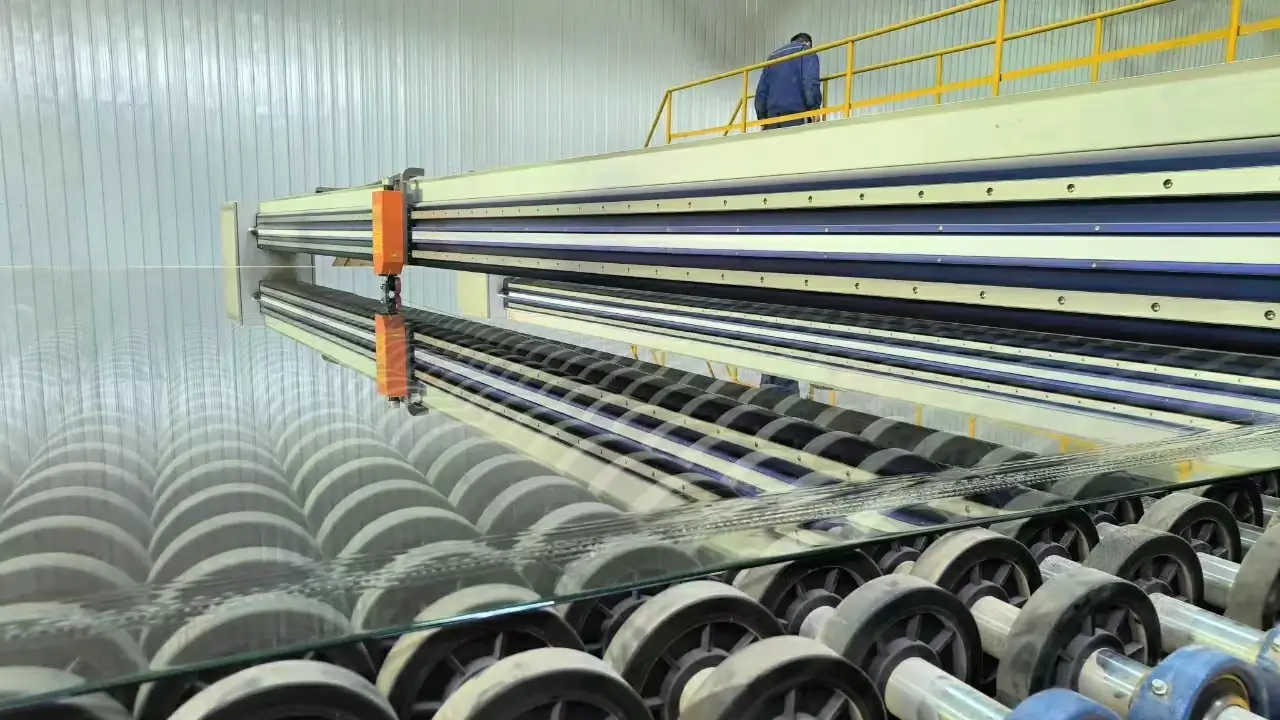

Exploring the Aesthetics and Functionality of Grey Tinted Glass
In the world of architecture and interior design, grey tinted glass has emerged as a popular choice for both residential and commercial spaces. Its unique blend of aesthetics and functionality offers a myriad of benefits, making it an attractive option for modern design enthusiasts. This article delves into the characteristics, advantages, and applications of grey tinted glass, illustrating why it has become a favored material in contemporary architecture.
Grey tinted glass is often appreciated for its sleek and sophisticated appearance. The subtle hue adds a touch of elegance to any space, allowing it to seamlessly integrate with various design styles, from minimalistic to industrial. The neutrality of grey makes it a versatile choice, complementing a wide range of color palettes while maintaining a polished and refined look. Whether used in large windows, sliding doors, or partitions, grey tinted glass can enhance the overall visual appeal of a property.
Beyond its aesthetic benefits, grey tinted glass also plays a significant role in energy efficiency and thermal comfort. Its tinted nature helps to reduce glare and control sunlight penetration, which is especially beneficial in hot climates or brightly lit environments. By minimizing heat gain, grey tinted glass can contribute to a more comfortable indoor atmosphere, reducing the reliance on air conditioning systems and lowering energy bills. This makes it not only a stylish choice but also an environmentally conscious one.

Moreover, grey tinted glass provides an element of privacy without sacrificing natural light. Its ability to obscure visibility from the outside allows homeowners and office occupants to enjoy their spaces without feeling exposed. This balance between seclusion and openness creates an inviting atmosphere, ideal for settings like conference rooms, lounges, or residential living areas. The modern appeal of grey tinted glass means that it can be used creatively, such as in glass facades or as a design feature in level changes, adding depth and interest to a structure.
Furthermore, the durability of grey tinted glass ensures that it is a long-lasting solution for various applications. Resistant to fading and scratching, it maintains its integrity over time, making it suitable for both exterior and interior installations. As technology continues to advance, innovations in glass treatment and manufacturing have further enhanced its performance, providing greater clarity and durability.
In conclusion, grey tinted glass stands as a testament to the harmonious blend of style and practicality. Its aesthetic versatility, energy efficiency, privacy benefits, and durability make it an excellent choice for modern design. As architects and designers increasingly seek materials that meet both visual and functional needs, grey tinted glass is likely to remain a prominent element in the landscapes of contemporary architecture.